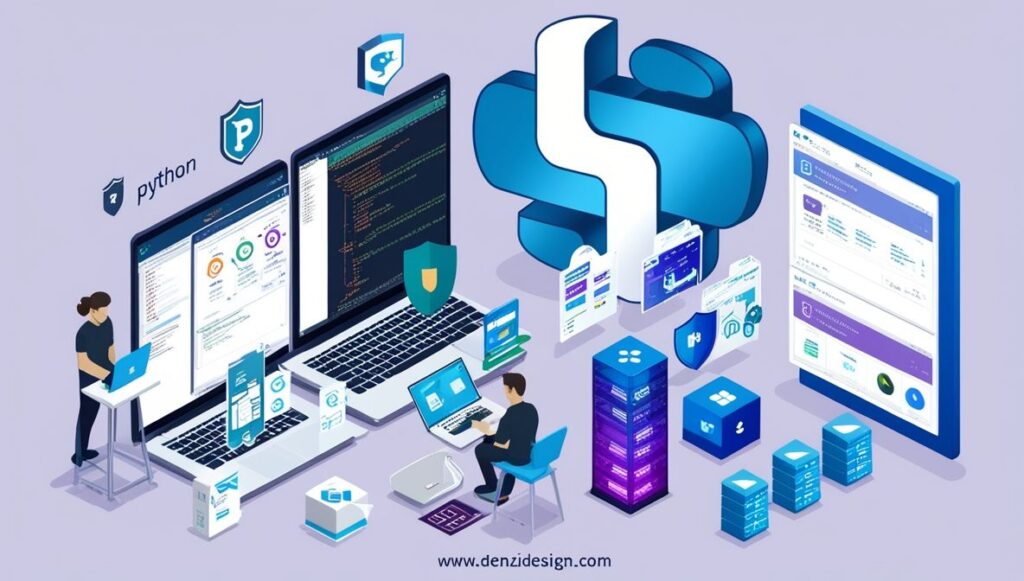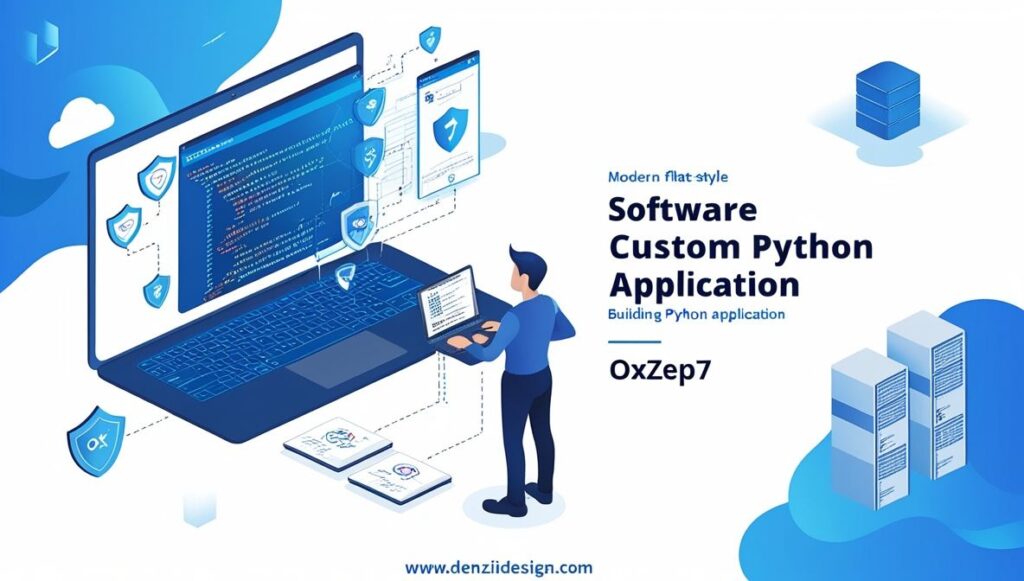Creating a powerful, user-centric application like Oxzep7 software requires a careful blend of planning, design, and coding. If you’re looking to develop Oxzep7 software in Python, you’re in the right place. Python is a robust, flexible, and scalable language that makes it easier to build Oxzep7 Python apps from the ground up. Whether you’re aiming for a simple tool or an advanced automation suite, this guide breaks down each step of the software development process with a strong focus on real-world implementation.
Understand the Purpose and Vision of Oxzep7
Before you write a single line of code, define what Oxzep7 is meant to solve. Understanding its purpose, user intent, and functional domain ensures you’re not just building software but delivering a solution that works.
Ask:
- Who are the end users?
- What daily problems does Oxzep7 software solve?
- Is the goal business automation, data organization, or something more?
Document this vision using project management tools like Trello or Google Sheets for easy collaboration.

Plan the Software Development Roadmap
A clear roadmap eliminates guesswork. It helps you organize modules, features, and timelines into a structured, actionable plan. This is a vital step in any custom software development journey.
Break down your planning into:
- Feature prioritization using a MoSCoW method
- Timeline estimation
- Selection of automation features
- Integration requirements like mobile app development or cross-platform compatibility
These elements shape the backbone of your software planning and roadmap.
Choose the Right Tech Stack for Python
Using Python opens doors to clean syntax, rich libraries, and solid frameworks like Flask and Django. When you build Oxzep7 Python, choose tools that align with your goals.
Your core stack might include:
- Frontend frameworks: React.js or Vue.js for dynamic interfaces
- Backend development: Flask for lightweight APIs or Django for full-stack capability
- Database: Use PostgreSQL for data accuracy or MongoDB database for flexibility
- Hosting: Deploy to scalable infrastructure like AWS or Bluehost
For prototyping, tools like Figma for prototyping and Adobe XD design make collaboration smooth.
Design for User Experience (UX) from Day One
You don’t just want a functional app you want a user-centric software experience. Great design reduces churn and boosts usability.
Focus on:
- Responsive user interface for all devices
- Accessibility best practices (like keyboard navigation and readable fonts)
- Understanding semantic entities in UX to map user behavior to functionality
- Creating wireframes with UX/UI design tools like Figma or Adobe XD
Consider in-app surveys to collect feedback even during the design phase.
Begin Agile Development Using Python
Once the design is validated, move to coding. Stick to clean, modular code and always follow Pythonic principles. Good coding practice is essential to building secure Python applications and reducing tech debt later.
Development checklist:
- Use virtual environments for package management
- Modularize your code into reusable components
- Implement robust APIs for flexibility
- Follow the software development process closely
- Focus on code optimization techniques early
Don’t forget to document everything from codebase to API endpoints.
Test the Software Rigorously
Testing ensures that Oxzep7 runs as expected, even under pressure. Use different test layers to uncover bugs early.
Types of testing to apply:
- Unit testing with PyTest for core logic
- Alpha testing internally to catch edge-case failures
- Beta testing with actual users
- Continuous testing integrated in your CI/CD pipeline
Use vulnerability scans and track error logs with tools like Sentry for long term stability.
Secure the Application from the Start
Security isn’t a feature it’s a foundation. When you develop Oxzep7, you must build in protections from the beginning.
Key practices:
- Encrypt passwords using bcrypt
- Add SSL certificates to encrypt communication
- Perform regular vulnerability scans
- Apply cybersecurity best practices like rate limiting, CSRF protection, and IP filtering
Also, ensure accessibility features don’t open security holes.
Optimize for Scalability and Performance
The ability to scale is what separates hobby projects from production ready apps. A strong scalable software design lets Oxzep7 grow as users grow.
Scalability essentials:
- Move heavy tasks to background jobs
- Cache frequent queries using Redis
- Use load balancers and autoscaling (especially on AWS)
- Continuously run performance optimization tools
Monitor CPU usage, memory leaks, and I/O bottlenecks for smoother operation.
Prepare for Deployment
Time to go live. Whether launching on the Google Play Store, Apple App Store, or as a web platform, deployment must be smooth and controlled.
Steps to deploy:
- Containerize with Docker
- Use GitHub Actions for CI/CD pipelines
- Validate SSL configuration
- Choose a cloud hosting solution like Heroku or AWS
- Integrate analytics and crash reports
Don’t forget versioning and changelogs to track every release.
Maintain and Improve Through User Feedback
Post-launch, it’s all about listening, iterating, and improving. A solid user feedback loop will guide your next steps.
Keep your users engaged by:
- Collecting reviews and feedback via email or in-app surveys
- Planning frequent feature updates
- Monitoring real-time errors
- Creating a roadmap for future enhancements based on data
The job isn’t done at launch it’s just the beginning.
FAQs
How long does it take to develop Oxzep7 software?
It typically takes 3 to 6 months, depending on the feature set and team size.
Can Oxzep7 be built for mobile platforms too?
Yes, using cross-platform frameworks and proper backend APIs, it works for Android and iOS.
What’s the biggest challenge in Python software development?
Scaling the app efficiently and managing third-party integrations can be tricky.

